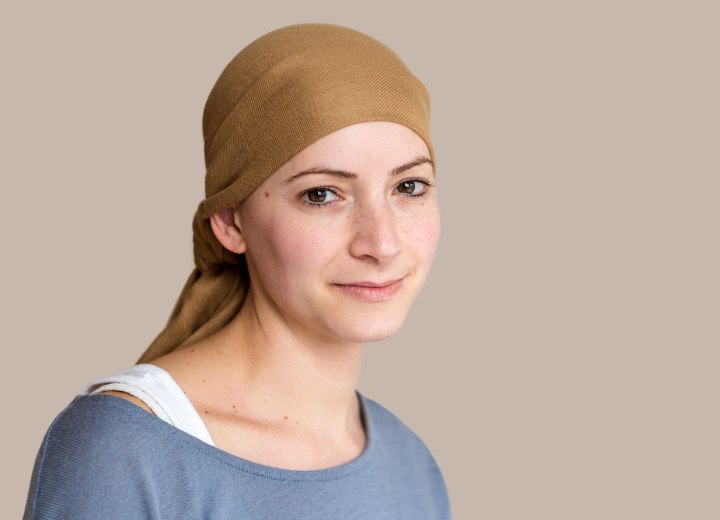Chemotherapy and Hair Loss

It has to do with the way that cancer cells operate in the body. Normal cells have a limiting gene included in their DNA which prevents them from growing too large. If a group of normal cells were placed in a Petri dish they would not outgrow their boundaries. However, if cancer cells were placed in the same dish they would quickly be overflowing their container. Cancer does not know when to stop.
Chemotherapy is generally used alone or in combination with surgery, radiation or other treatments. Chemotherapy works by killing rapidly dividing cells. Cancer cells are the main target but healthy cells are also in the crosshairs. Cells like those found in your bone marrow, gastrointestinal tract, reproductive system, and hair follicles.
When bone marrow cells are damaged the immune system is weakened. In the G.I. tract, digestive problems and mouth sores are common. Sterility is caused when cells in the reproductive system are damaged and when the hair follicles are affected, alopecia occurs. Many times hair begins to fall out in clumps which can be extremely psychologically damaging to the patient. In fact, when patients begin chemotherapy that is known to cause alopecia, many are advised to cut their hair short, especially if it is long to begin with. This way when the hair begins to fall out it does so in small pieces rather than long globs.
There is good news in all of this, however. Generally after completion of chemotherapy treatments hair begins to grow back. Interestingly, it is common for the new hair to be a different color and/or texture. I have personally known several people who had thick straight hair before chemo and following treatment it grew in very curly. It is also important to note that hair loss does not only occur on the head, but can also affect the hair all over the body.
The lack of body hair is easy to disguise, but hair on the head is another story. There are several ways to camouflage a bare head including scarves, hats and wigs. Many women, and men for that matter, are not comfortable living their daily lives au natural therefore wigs can be very beneficial. There are many different types to choose from including synthetic and natural in nearly every color imaginable as well as texture, length and style.
And, like many things in life, you get what you pay for. Synthetic wigs are generally much cheaper than natural hair wigs and can sometimes show their wear, so to speak, but the price of natural hair makes it nearly impossible for some people to afford.
A more economical head covering is a scarf or hat, which can be changed on a whim to match an outfit or mood. The last option is to keep the head uncovered. It has become more socially acceptable in recent years to do so. This is mostly due to the increase in people undergoing chemotherapy.
It is estimated that approximately 1.37 million people in the US were newly diagnosed with cancer in 2004 and the probability of women developing cancer at some point over their lifetime is 1 in 3, men in the U.S. is 1 in 2. With those statistics, there will surely be many people who will be dealing with the effects of chemotherapy induced alopecia. The best thing for all of us is to show support to those around us who are dealing with cancer and cancer treatments and be as informed as possible.
To do so, please check out the American Cancer Society. If you are interested in donating your hair to be used to make wigs please check out Locks of Love which uses donated hair to make natural hair wigs for children for free or at a significantly reduced price.
©hairfinder.com
See also: Cold cap may help women keep their hair during chemotherapy